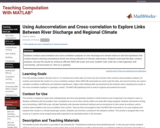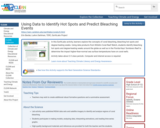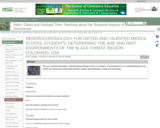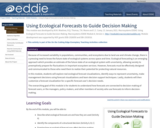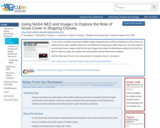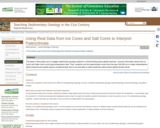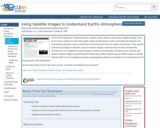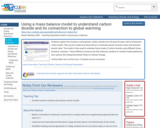
the Work of Critical Digital Pedagogy
Short Description:
This collection of essays explores the authors’ work in, inquiry into, and critique of online learning, educational technology, and the trends, techniques, hopes, fears, and possibilities of digital pedagogy.
Long Description:
Too many approaches to teaching with technology are instrumental at best, devoid of heart and soul at worst. The role of the teacher is made impersonal and mechanistic by a desire for learning to be efficient and standardized. Solutionist approaches like the learning management system, the rubric, quality assurance, all but remove the will of the teacher to be compassionate, curious, and to be a learner alongside their students.
As the authors write in their introduction: “It is urgent that we have teachers. In a political climate increasingly defined by obstinacy, lack of criticality, and deflection of fact and care; in a society still divided across lines of race, nationality, religion, gender, sexuality, income, ability, and privilege; in a digital culture shaped by algorithms that neither know nor accurately portray truth, teaching has an important (urgent) role to play.” This collection of essays explores the authors’ work in, inquiry into, and critique of online learning, educational technology, and the trends, techniques, hopes, fears, and possibilities of digital pedagogy. The ideas of this volume span almost two decades of pedagogical thinking, practice, outreach, community development, and activism.
Word Count: 80489
(Note: This resource's metadata has been created automatically by reformatting and/or combining the information that the author initially provided as part of a bulk import process.)
- Subject:
- Arts and Humanities
- Education
- Higher Education
- Philosophy
- Material Type:
- Textbook
- Provider:
- Hybrid Pedagogy Inc.
- Date Added:
- 09/12/2018

